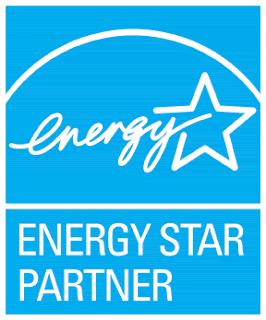"Lightning strikes are one of the major sources of external power surges that can severely damage electronic equipment and cause fires " either of which can be a huge disruption to a family or business," said Julie Rochman, IBHS president & CEO. "Fortunately, relatively simple, inexpensive steps can be taken to substantially reduce the chances of lightning-related destruction and interruptions."
For lightning protection, a whole-house/building surge protector is the best starting point for reducing the risk of damage. The utility company may provide and install whole-building surge protection systems. If not, consult a licensed electrician about having one installed.
It is important to note that a whole house/building surge protector will not protect against a direct lightning strike. Lightning protection systems are designed to protect a structure and provide a specified path to harness and safely ground the super-charged current of a lightning bolt. The system works by receiving the strike and routing it harmlessly into the ground thus discharging the dangerous electrical event. IBHS recommends that lightning protection systems be installed by a UL listed installer and meet the requirements of NFPA 780 and Lightning Protection Institute (LPI) Standards.
In addition to whole-building surge protection, IBHS strongly recommends the following:
Unplug electronic equipment. It is the most reliable means of protecting that equipment from a power surge.
- Know the important difference between a surge suppressor and a power strip. A power strip plugs into your wall outlet and allows you to plug in multiple electronic devices. However, a power strip does not protect equipment from being damaged by a power spike. A surge protector also gives the user the ability to plug in multiple electronic devices, but it also serves another very important function in that it also protects your electronic devices from a power spike.
- Connect telephone, cable/satellite TV and network lines to a surge suppressor.
- Make sure the surge suppressor has an indicator light so you know it is working properly.
- Ensure the surge suppressor has been tested to UL 1449.
- Purchase a surge suppressor with a Joule rating of over 1,000. The Joule rating typically ranges from 200 up to several thousand " the higher the number the better.
- Look for a surge suppressor with a clamping voltage rating (voltage at which the protector will conduct the electricity to ground) between 330 v, which is typical, to 400 v.
- Purchase a surge suppressor with a response time less than 1 nanosecond.
- Do not cut corners. You don't want to protect a $1,000 television or computer system with a $10 surge protector, for $25 and up you can provide much better protection.
- Have a licensed electrician or home/building inspector review the power, telephone, electrical and cable/satellite TV connections to your building. Have them check to make sure that you have adequate grounding of the power line connection and your power distribution panel. All of the utilities should enter the structure within 10 feet of the electrical service entrance ground wire and be bonded to that grounding point.
IBHS is a leading national expert on preparing for, and repairing and rebuilding structures after a catastrophe to make them more disaster-resistant. To arrange an interview with IBHS, contact Joseph King at 813-675-1045/813-442-2845, jking@ibhs.org or via direct message on Twitter @jsalking.
Visit DisasterSafety.org for more information about how to make your buildings more resistant to a variety of disasters, big and small. Follow IBHS on Twitter at @DisasterSafety and on Facebook.
About the IBHS
IBHS is an independent, nonprofit, scientific research and communications organization supported by the property insurance industry. The organization works to reduce the social and economic effects of natural disasters and other risks on residential and commercial property by conducting building science research and advocating improved construction, maintenance and preparedness practices.









 In the United States, buildings account for:
In the United States, buildings account for: